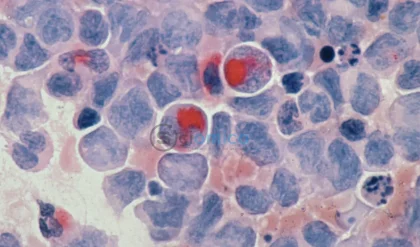
An “extremely dangerous” heat wave has settled over the eastern United States, forcing millions of residents to take cover from the blistering temperatures. As of Tuesday, record-breaking highs were reported across several major cities, with daytime thermometers soaring to alarming levels.
New York City, known for its bustling streets, saw an unusual lull as residents sought shade amid a intense sun. The mercury climbed to 99 degrees Fahrenheit (37 degrees Celsius), marking the hottest day since 2012. By mid-afternoon, Newark, New Jersey reported an even more severe 103°F (39.4°C), while Philadelphia recorded a high of 100°F (38°C).
On the streets of Manhattan, the once-vibrant Times Square was eerily quiet, as locals and tourists alike opted to stay indoors or under the covers of umbrellas. Some brave souls ventured out, sunbathing in city parks, desperately trying to soak up what little comfort the sun offered. “It’s been kind of a cold spring. Then all of a sudden, boom, here it is,” said 82-year-old Eleanor Burke. Describing her dog’s struggle to cope with the heat during an evening walk, she remarked, “He almost looked like he was dead.”
The soaring temperatures have not only affected residents’ outdoor activities, but are also straining New York City’s power grid. As more people crank up their air conditioning units, a blackout in the Bronx left over 34,000 homes without power. Energy provider Con Edison has urged customers to limit their electricity consumption to help alleviate the strain on the grid.
The National Weather Service (NWS) issued an advisory warning East Coast temperatures would range between 97°F to 103°F (36°C – 39.4°C) Tuesday, with the heat index soaring to a staggering 110°F (43.3°C) in the New York metropolitan area.

Nearly half of the U.S. population, approximately 161 million, is currently affected by this relentless heat wave. The NWS has advised citizens to reduce their outdoor physical activities due to the poor air quality induced by the extreme weather. “I don’t mind heat… but this of course is way too much,” remarked Maureen Brandon, 50, as she explained how she strategically planned her outdoor chores for the early morning and late evening hours to avoid the worst of the heat.
Conditions in the nation’s capital mirrored those of the East Coast, with temperatures approaching triple digits. The National Park Service announced the temporary closure of the Washington Monument due to extreme heat, further underscoring the widespread impact of the weather across the region.
In response to unsafe track conditions, Amtrak implemented speed restrictions on East Coast routes, likely resulting in delays for travelers. Meteorologists attributed the extreme weather to a heat dome—a high-pressure system that traps heat and raises temperatures significantly.
Experts have reiterated that extreme heat is the deadliest weather phenomenon in the U.S., causing more fatalities than hurricanes and tornadoes combined. With climate scientists attributing these heat waves to global warming, it is anticipated that they will continue to rise in frequency and intensity in the years to come.
As 2024 was identified as the warmest year on record globally, forecasts suggest that 2025 may join it among the hottest years recorded, prompting urgent discussions regarding climate change and public safety.






